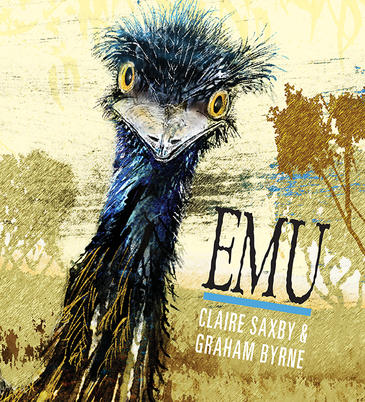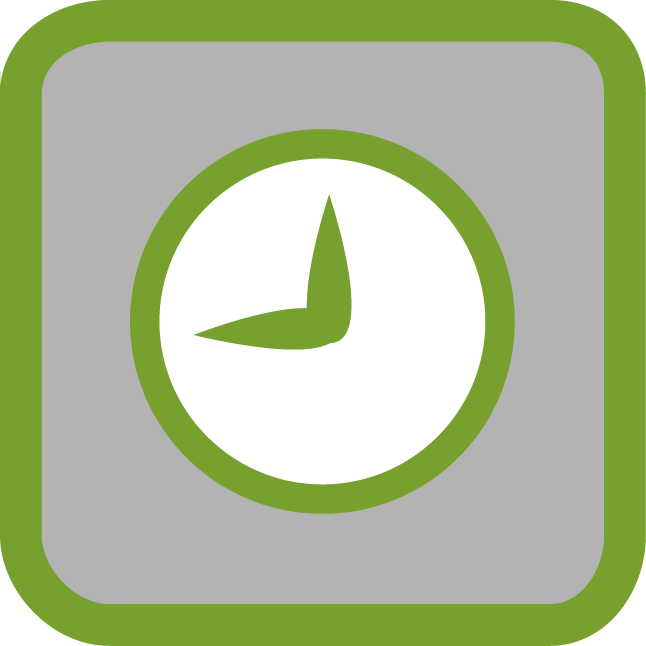 by Claire Saxby
by Claire Saxby
Set in the open eucalyptus forest in Australia, Emu tells the story of a father emu who warms the eggs left by his mate and then raises and protects his family until they are ready to survive alone. The design of the book is unique; each double-page spread includes two distinct fonts, one representing the story of the emu family, and the other stating interesting facts about emus.
Strategies/Skills Used
Reading Strategy 1: Access background information.
Reading Strategy 2: Predict what will be learned or what will happen.
Reading Strategy 5: Make mental pictures.
Reading Strategy 7: Determine the most important ideas and events and the relationship between them.
Reading Strategy 9: Identify and interpret literary elements in different genres.
Reading Strategy 11: Make inferences and draw conclusions.
Reading Strategy 12: Reflect and respond.
Writing Skill 1: I generate ideas in a variety of ways.
Writing Skill 2: I organize my ideas based on my purpose for writing.
Writing Skill 5: I carefully choose the most effective words to express my ideas.
 TEACHING THE ACTIVITY: PRE-READING
TEACHING THE ACTIVITY: PRE-READING
(1) Remind students that their reading explorations must slide comfortably into our background knowledge about a subject. Begin the process in Files and Folders.
(2) Introduce the cover of Emu and ask, “What do you think you know about emus?” and further, “What are you wondering about emus?” Accept and record all students’ thinking through the Files and Folders process. Note: As you model this process for remembering and understanding, you are building awareness of misconceptions students may have and discovering areas of possible student interest for explorations beyond the text.
(3) Partner students and introduce the Anticipation Guide to prompt knee-to-knee and eye-to-eye discussion and prediction about what the class might discover in this book.
(4) Explain that students will need to be powerful listeners to uncover new information and new learning for the Emu Files and Folders.
 TEACHING THE ACTIVITY: DURING READING
TEACHING THE ACTIVITY: DURING READING
(5) Pre-plan to read this aloud in chunks, offering thoughtful breaks to support thinking for specific details, and select certain images for students to examine deeply. Ensure that there will be time to explore questions around vocabulary and compelling facts.
 (6) Introduce the process of using 4 Quadrants 4 Thinking to help students hold on to their thinking during this informative read-aloud. As students listen for details, ask them to record ideas in two of the quadrants: ‘Facts I Learned’ and ‘Words that Stick.’
(6) Introduce the process of using 4 Quadrants 4 Thinking to help students hold on to their thinking during this informative read-aloud. As students listen for details, ask them to record ideas in two of the quadrants: ‘Facts I Learned’ and ‘Words that Stick.’
Note: Be responsive to individual students’ capacity. Accept both images and words in their expression.
(7) Share some of your ideas to model the process. Re-read portions of the text that are rich with new vocabulary to provide more opportunities for listening in these new ways.
(8) Following each read-aloud chunk, have students expand their thinking into the other two quadrants: ‘Images that Have Stayed in My Mind’ and ‘Questions I Have.’
 TEACHING THE ACTIVITY: POST-READING
TEACHING THE ACTIVITY: POST-READING
(9) Reflect with students on how their understanding of emus has grown. Review new information as recorded in 4 Quadrants 4 Thinking; acknowledge where the text has confirmed the students’ previous understanding, and where it has revealed a misconception. Invite students to expand the current Emu file with new knowledge.
(10) Re-connect the original partners from the pre-reading activity to adjust their Anticipation Guide to reflect new understandings. Talk to students about changing our thinking and review what they think they know now. Discuss and invite students to research the one information point that is not answered in the text.
(11) Model making connections between ideas that are similar and invite student ideas for additional connections. Introduce the concept of files in a folder to organize their non-fiction thinking for writing.
(12) Review ‘Images that Have Stayed in My Mind’ and ‘Words that Stick,’ recorded in the 4 Quadrants process. Use Poetry with a Purpose to help students use their new vocabulary to create an image poem about an emu.
 TEACHING THE ACTIVITY: POST-READING EXTENSION
TEACHING THE ACTIVITY: POST-READING EXTENSION
(13) Let inquiry projects grow out of the discoveries and the wonderings born during the Files and Folders process. Possibilities may include
- comparing and contrasting flightless birds
- observing species in which males raise their young
- exploring the process of digital art to tell a story
- combining lyrical verse and factual phrasing to project thinking.
(14) Explore Big Red Kangaroo, by the same author-illustrator team, as another resource that blends lyrical language and fascinating information to engage learners.